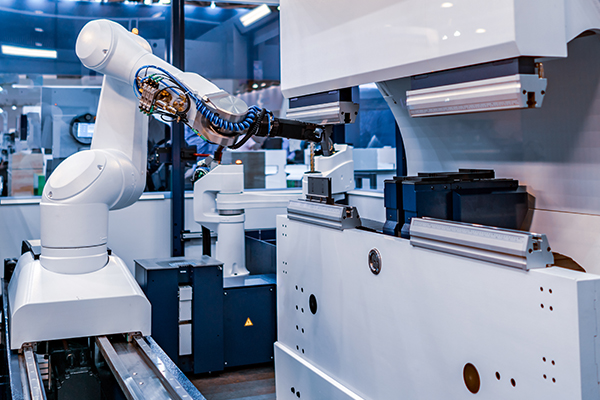Air control valves are an indispensable key component in industrial fluid power and control systems. Their core function is to accurately manage and regulate the flow state of gas media (mainly compressed air). As the core control point of pneumatic circuits or hybrid systems, this type of valve effectively intervenes in the opening scale or flow path of the gas channel through the working state changes of its internal movable mechanism, thereby achieving systematic control of gas flow, delivery path or system pressure.
In essence, the air control valve acts as a key conversion and execution interface between the command signal and the final gas power output. It receives control instructions from the control system (whether electrical signals, pneumatic signals or mechanical drives), and converts the instructions into physical intervention actions on the gas flow path through its internal drive components and adjustment mechanisms. This intervention is reflected in the active change of the gas flow cross-section, which in turn affects the flow rate, volume delivery rate and pressure level of the gas flowing through the valve body.
Its operating efficiency is directly related to the dynamic response performance, stability and final execution effect of the entire pneumatic drive or gas processing process. According to different design principles and core control objectives (such as focusing on flow regulation, direction switching or pressure setting), air control valves present various functional forms. Their design considerations usually focus on key performance dimensions such as control accuracy, response speed, reliability and durability, and system compatibility. They are key components to ensure efficient and accurate operation of modern pneumatic automation and process control.


